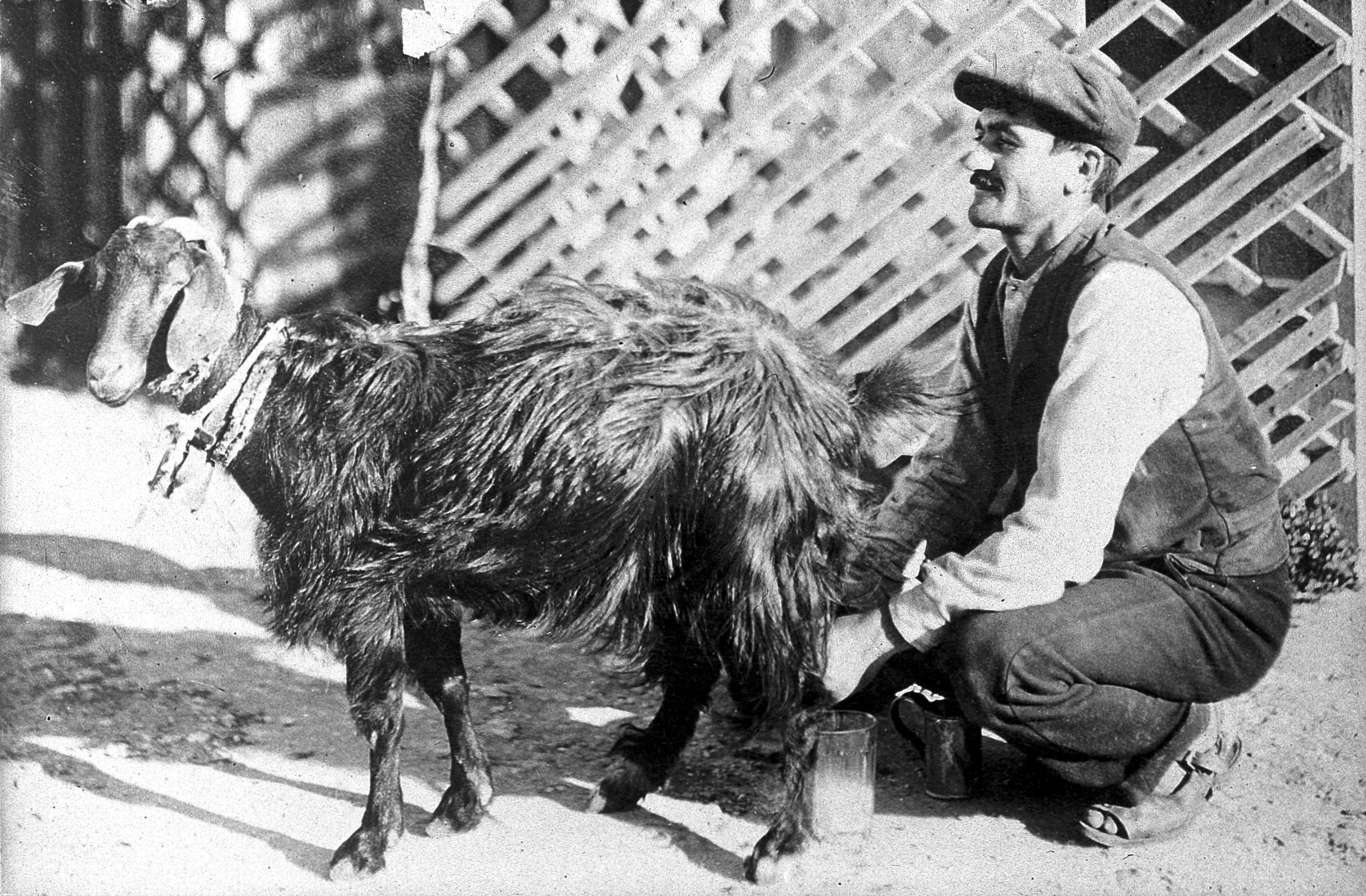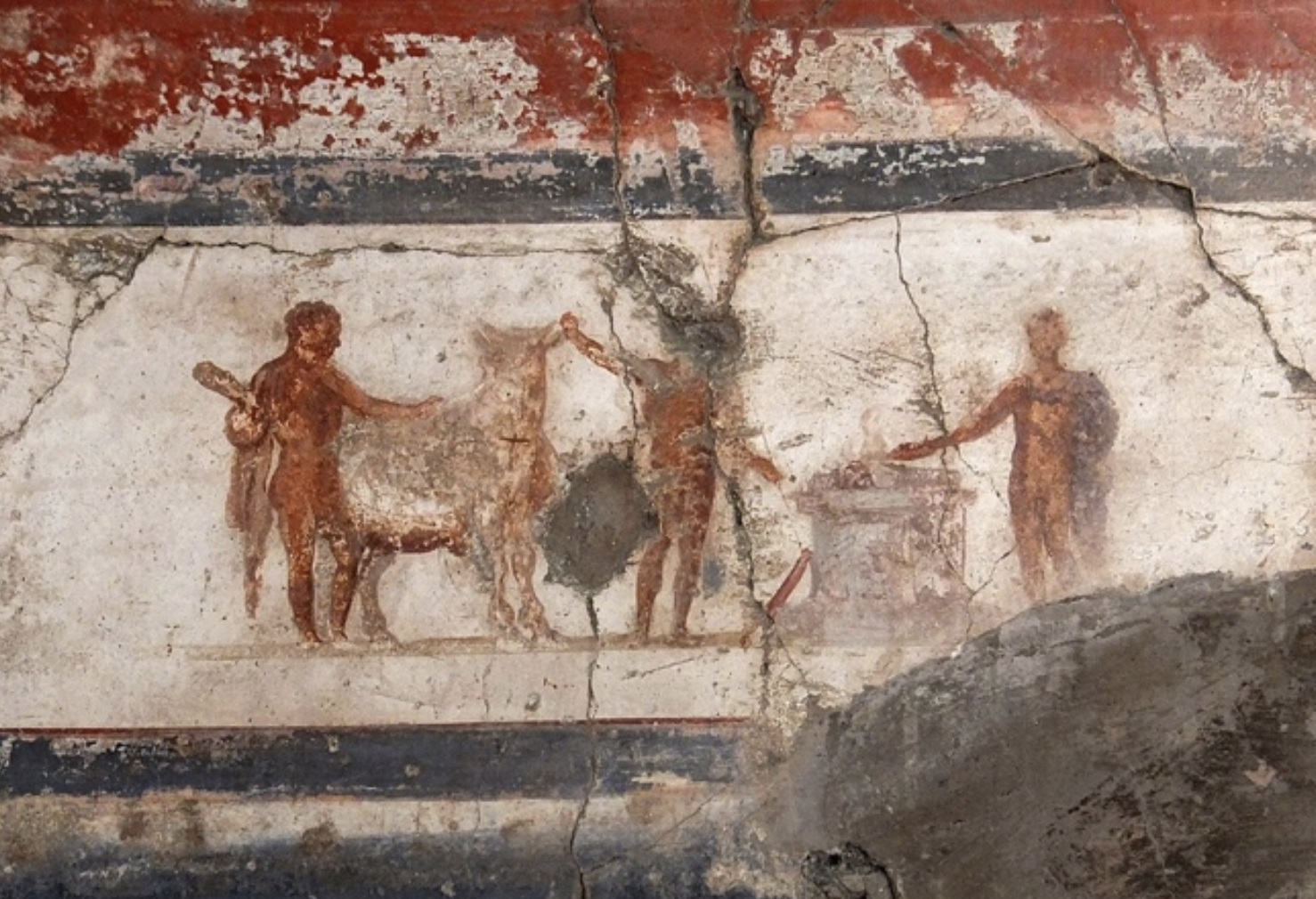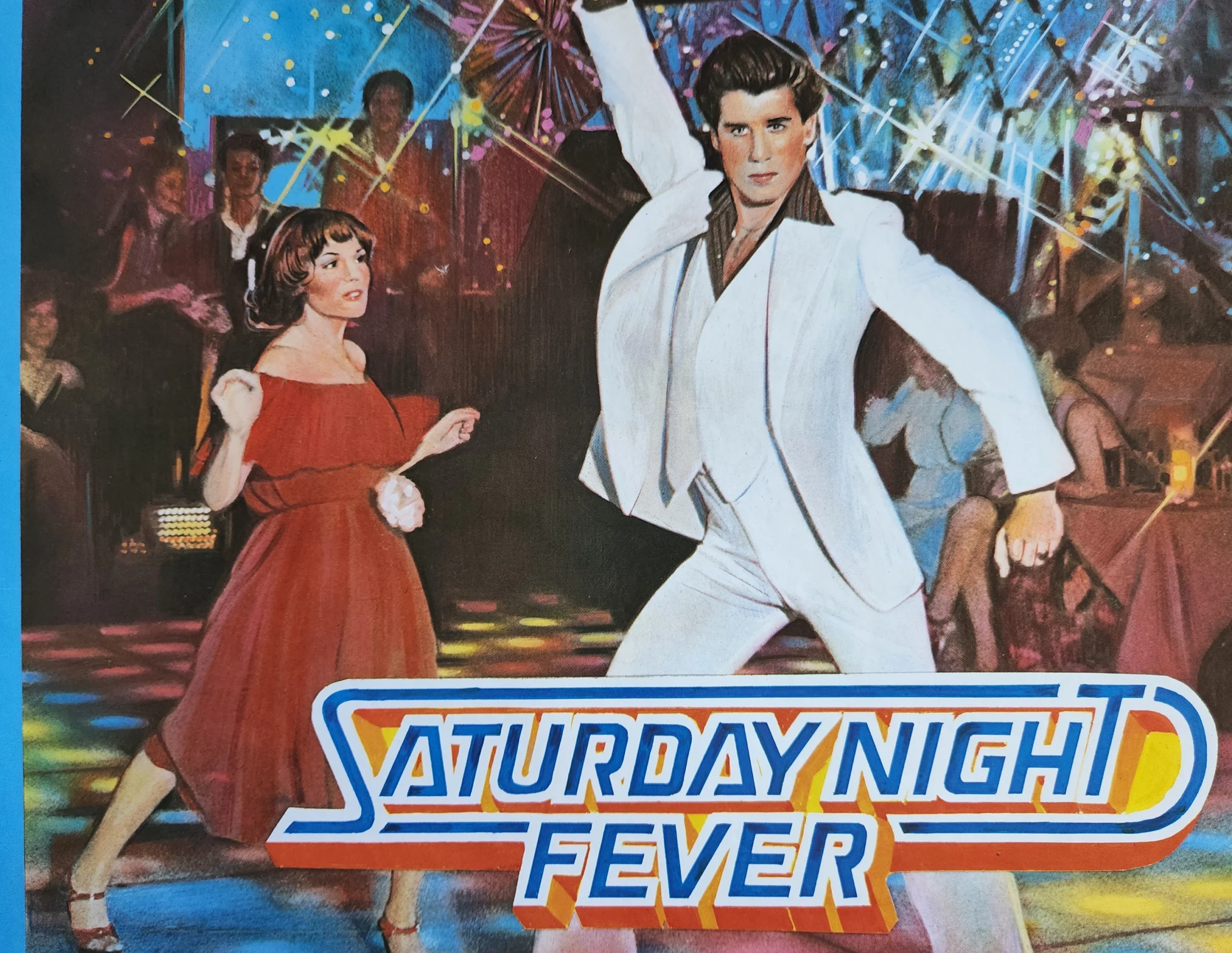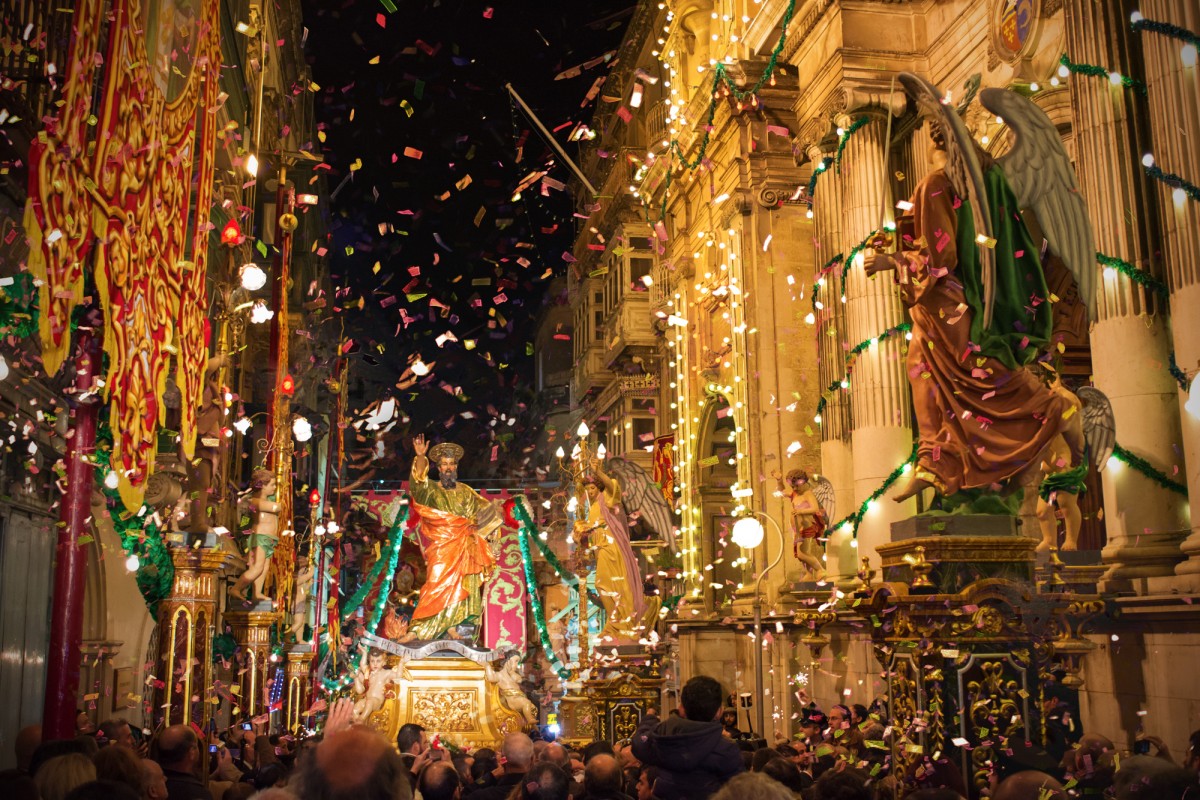A Name That Carries History... and Heat
“Malta fever” is more than just a curious phrase—it’s a term with a dual identity. Once used to describe a serious infectious disease, the name has since evolved into a playful expression of Maltese festivity and nightlife. From public health to party culture, this unique evolution reflects both Malta’s medical legacy and its vibrant cultural identity.
Malta Fever as a Disease: The Origins of Brucellosis
Known today as brucellosis, Malta fever is a zoonotic disease—an illness transmitted from animals to humans—caused by bacteria of the genus Brucella. The name stems from its identification in Malta during the 19th century, but its history runs much deeper.
Brucellosis primarily affects ruminants like cattle, goats, and sheep. Humans are infected mainly through the consumption of unpasteurized milk or cheese from infected animals.

‘Goat-herd milking, Malta’, David Bruce.
Credit: Wellcome Library, London.
A Disease Known Since Antiquity
Evidence of brucellosis dates back to Roman times, with frescoes found at Herculaneum suggesting early knowledge of its symptoms. However, it was in 1863 that British Army surgeon Jeffery Allen Marston, stationed in Malta, described a recurring fever with gastric symptoms, calling it “remittent gastric fever.”
In 1887, Sir David Bruce isolated the bacterium responsible, which became known as Brucella melitensis—melitensis referring to “Melita,” the ancient name for Malta.

Fresco found at Herculaneum.
A Public Health Challenge in the Mediterranean
During the 19th and early 20th centuries, Malta fever was a major health issue across the Mediterranean, particularly affecting British soldiers and the Maltese population. Once it was discovered that the disease was transmitted through raw goat’s milk, military and local authorities banned its consumption. This measure led to a significant drop in cases.
Yet even today, brucellosis remains endemic in parts of the world where milk is not routinely pasteurized or livestock control is limited.
Malta Fever as an Expression: From Diagnosis to Dancefloor
In parallel with its medical meaning, the term “Malta fever” has taken on a more colloquial and humorous connotation. Today, it’s often used to describe the excitement, energy, and chaos of a festive crowd, particularly during Saturday nights, summer parties, or village festas.
Much like “Saturday night fever”, Malta fever in this context refers to a state of collective euphoria: a kind of emotional contagion driven by music, dancing, fireworks, and celebration.

From Illness to Island Vibes
This shift in meaning plays on the contrast between illness and intensity, transforming Malta from a place of infection to one of infectious joy. The term reflects how language evolves, blending history, emotion, and identity into new cultural forms.
Maltese Festas: Where Faith Meets Fever
The idea of “Maltese fever” finds its most vivid expression in the festi, religious celebrations held throughout the Maltese archipelago. Each village honors its patron saint with parades, brass bands, fireworks, elaborate decorations, and massive street gatherings that last all weekend.
The Feast of Saint Paul in Valletta
One of the most important festas is the Feast of Saint Paul, celebrated on February 10 in Valletta. According to tradition, Saint Paul established the first Christian community in Malta after surviving a shipwreck on the island. His feast blends religious devotion with intense public celebration, including solemn Masses, processions, and dazzling pyrotechnics.
These events showcase the Maltese spirit: a mix of faith, community, tradition, and uninhibited joy. They are the heart of what many now call Malta fever.

Malta Fever and Tourism: From Health Hazard to Holiday Hype
Today, Malta fever has become a phrase embraced by the tourism industry. Travel blogs and guides use it to describe the island’s nightlife, summer festivals, and party scene. What was once a term for an infectious disease is now shorthand for the energy and enthusiasm that defines the Maltese experience.
Tourists flock to Malta not just for its history and architecture, but also for its sun-drenched parties, beach events, and village celebrations. In this context, Malta fever isn’t something to fear: it’s something to catch.

One Phrase, Two Stories
“Malta fever” represents a rare linguistic journey—from a term rooted in medical science and colonial history, to a symbol of cultural celebration and island identity.
Whether referring to a once-feared disease or a dance-fueled night under the stars, the expression captures the duality of Malta itself: serious yet spirited, ancient yet alive, solemn yet endlessly festive.



